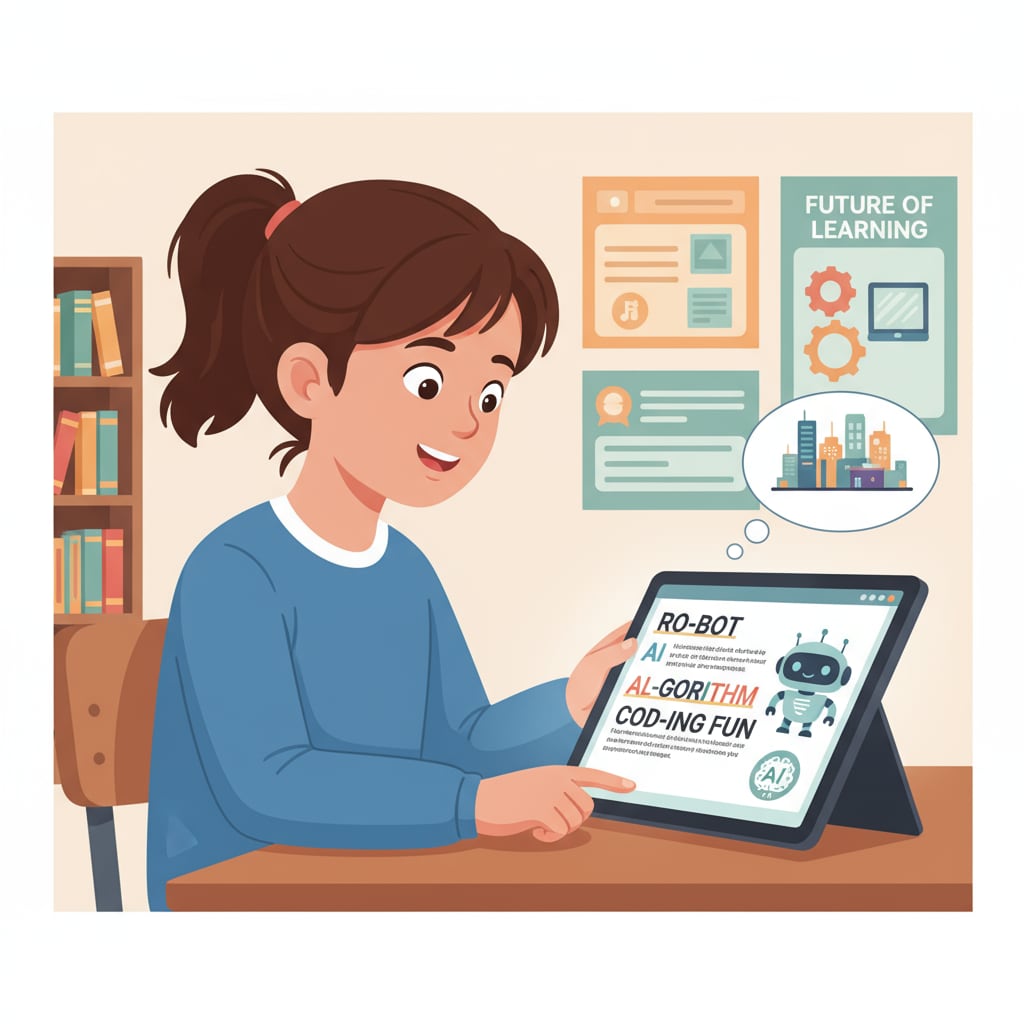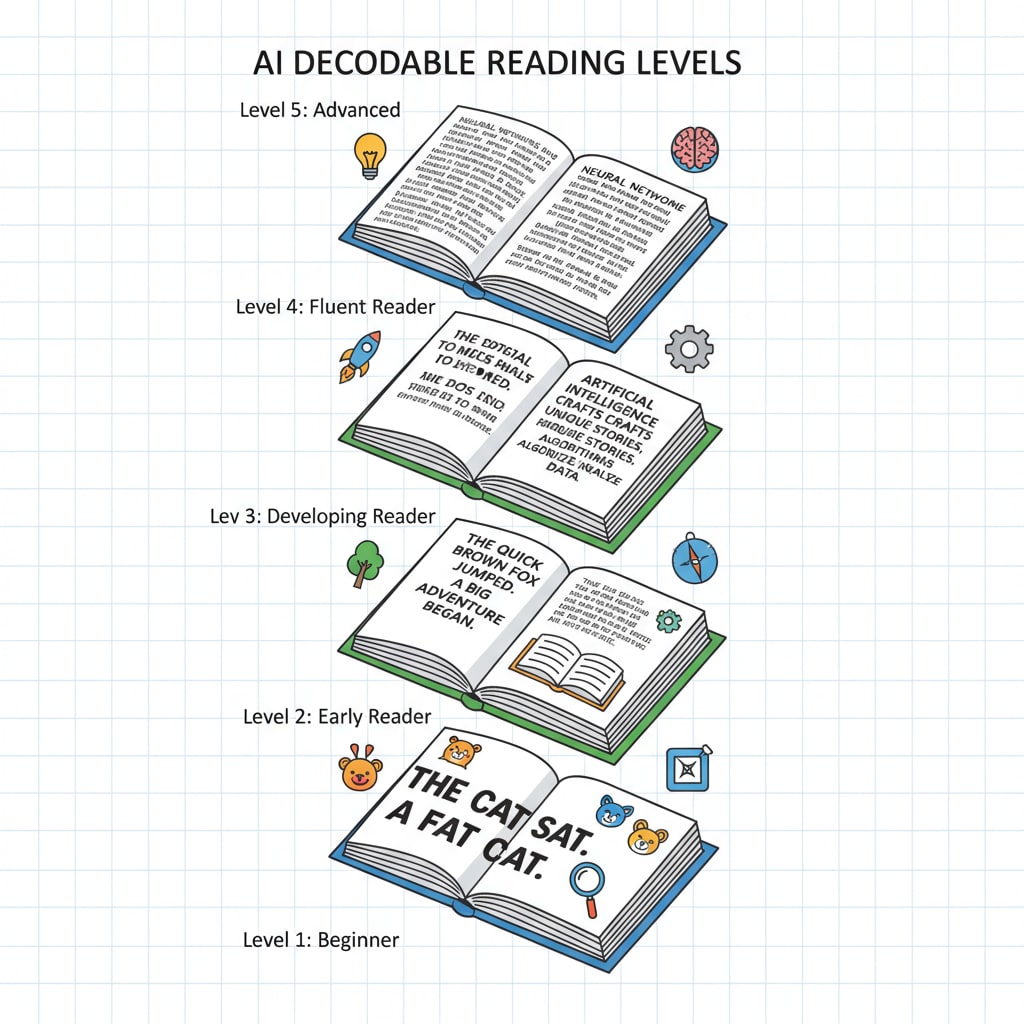AI tools, decodable reading materials, and educational applications have become a hot topic in the field of education. In recent years, the emergence of AI-generated decodable reading materials has brought new opportunities and challenges to K12 education.

This article aims to evaluate the educational value of these materials and explore whether they are an educational innovation or a technological pitfall.
The Innovative Contributions to Reading Teaching
AI-generated decodable reading materials bring several innovative aspects to reading teaching. Firstly, they can be customized according to different reading levels. For example, an AI system can analyze a student’s reading ability data and generate reading materials that match their specific phonics skills, vocabulary size, and comprehension level. This targeted approach helps students build confidence as they can successfully decode words and understand the text, which is crucial for developing strong reading skills. How AI is Transforming Education on TeachThought

Promotion of Personalized Education
In addition to customized reading materials, AI in this context also promotes personalized education. Each student learns at their own pace, and these materials can adapt to individual learning styles. Some students may benefit more from visual elements in reading, while others prefer auditory support. AI can integrate various multimedia elements into the decodable reading materials, such as adding pictures, audio pronunciations, and even short videos related to the text content. This way, students can engage with the material in a way that suits them best, enhancing their learning experience. How AI Can Advance Personalized Learning in Schools on EdSurge
However, the use of AI-generated decodable reading materials also has potential challenges. One concern is the quality control. Since AI algorithms generate these materials, there may be inaccuracies or inappropriate content. Educators need to carefully review and verify the materials before using them in the classroom. Another issue is the over-reliance on technology. While AI can be a powerful tool, it should not replace the human touch in education. Teachers play an irreplaceable role in guiding students’ reading, providing emotional support, and facilitating in-depth discussions.
Readability guidance: By breaking down the content into short paragraphs and using lists, we can clearly present the key points. For instance, in the section about the innovative contributions, we list the ways AI-generated materials customize for different reading levels. In the part on personalized education, we also use a list-like structure to show how AI adapts to different learning styles. This helps to improve the readability and makes it easier for readers to understand the complex relationship between AI tools, decodable reading materials, and educational applications.


